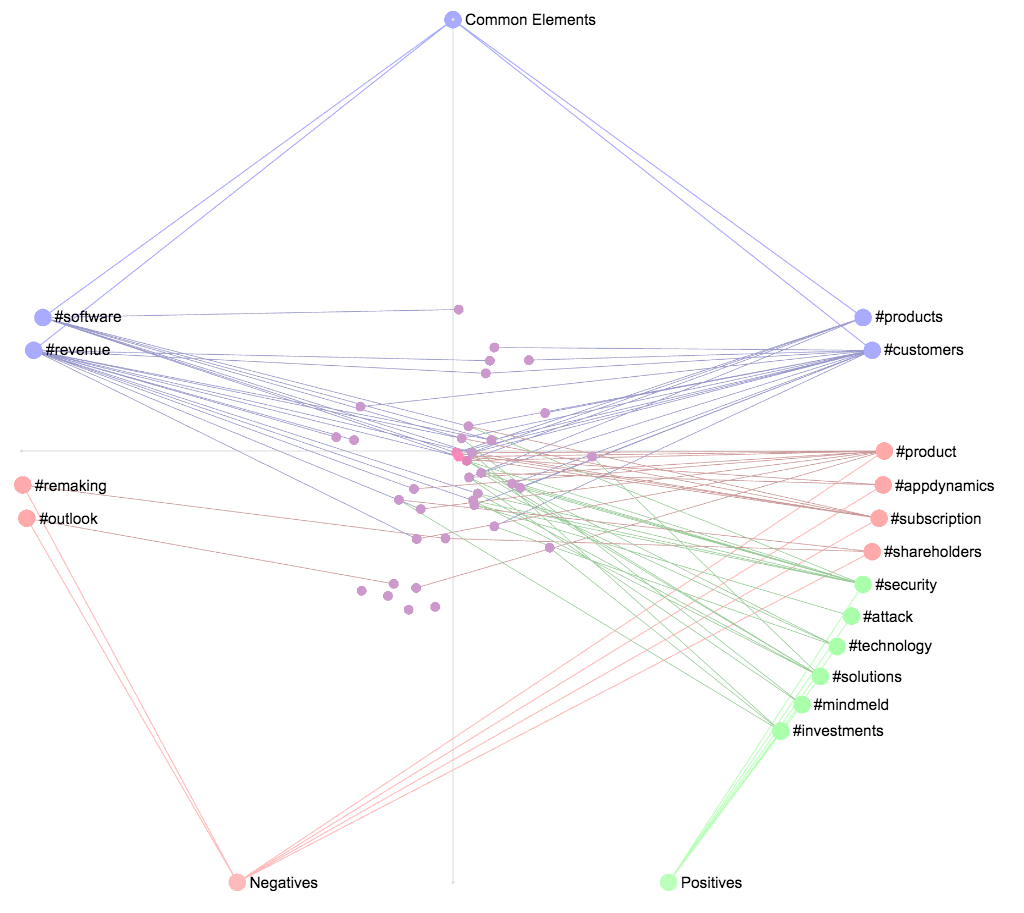

- Insight metaimage install#
- Insight metaimage update#
- Insight metaimage skin#
- Insight metaimage registration#
have compared similarity measures used in registration methods. Hence, they provide a broad picture of the rapidly evolving registration methods. Indeed, most reviews focus on algorithms, modalities involved, and the characteristics of the registration task. Medical image registration methods in general have been reviewed by several authors, most recently by Oliveira & Tavares. In the medical field, image registration is a key component in several areas including the fusion of morphologic and functional images image subtraction intervention planning computer-aided diagnosis (CAD) and treatment follow-up intervention simulations atlas building radiation therapy model-based segmentation and computational model building.

It is an important part of image analysis and used in several disciplines. Image registration aims at finding the optimal transform that best aligns structures in two input (2D) or volume data (3D) images. However, the most recently published algorithms may not be included in the tools, yet. Researchers in medical image analysis already have a large choice of registration tools freely available. Based on open source, licensing, GPU support, active community, several file formats, algorithms, and similarity measures, the tools Elastics and Plastimatch are chosen for the platform ITK and without platform requirements, respectively.
Insight metaimage update#
Out of the 18 tools, (i) 12 are open source, 8 are released under a permissive free license, which imposes the least restrictions on the use and further development of the tool, 8 provide graphical processing unit (GPU) support (ii) 7 are built on software platforms, 5 were developed for brain image registration (iii) 6 are under active development but only 3 have had their last update in 2015 or 2016 (iv) 16 support the Analyze format, while 7 file formats can be read with only one of the tools and (v) 6 provide multiple registration methods and 6 provide landmark-based registration methods. The remaining ( n = 18) tools were classified by (i) access and technology, (ii) interfaces and application, (iii) living community, (iv) supported file formats, and (v) types of registration methodologies emphasizing the similarity measures implemented. Exclusions are due to unavailability or inappropriateness. Registration tools were identified using non-systematic search in Pubmed, Web of Science, IEEE Xplore® Digital Library, Google Scholar, and through references in identified sources ( n = 22). My planning doesn't alow the time to be stuck debugging cryptic compilation errors for the next few weeks.We catalogue available software solutions for non-rigid image registration to support scientists in selecting suitable tools for specific medical registration purposes.
Insight metaimage install#
However, it has been such a hassle to install the above software packages and get them to work together that I'm extremely reluctant to change anything to the current setup. Google shows possible solutions using ITK and Matlab. I using Windows 7 64-bit and I have working versions of VTK 5.10.0.RC1, MinGw and Python 2.7 installed (and Matlab R2011a, though I'm not currently using it). As you can image, this is becoming increasingly tedious, so I am looking for the best way to automate the process. At the moment, I'm converting each scan manually by opening it in Volview and saving is as a mhd volume. img data), while the segmentation algorithm I'm running on them needs MetaImage (.mhd header and. As the title suggests, the scans are supplied in the Analyze format (.hdr header and. However, I haven't got much experience with 3D medical image processing (I've been dabbling along the surface of VTK for the past year) and hardly any experience with image processing altogether.
Insight metaimage skin#
I am currently working on a project that requires me to segment the skin layer out of MRI-scans, clean up the image and write this to a surface file for further processing.


 0 kommentar(er)
0 kommentar(er)
